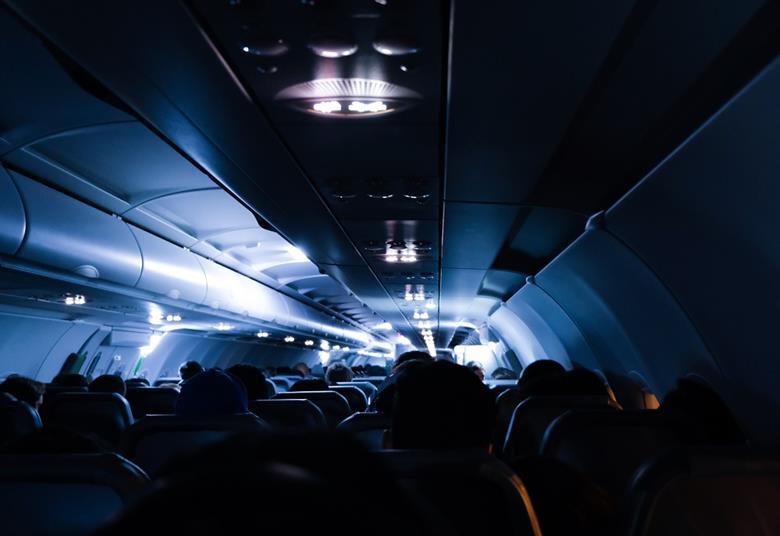EASA to set out ‘safety protocol’ for restoration of air transport

Europe’s aviation safety authority is to set out, in the next few weeks, technical operational guidelines to enable the air transport industry to adopt a co-ordinated approach to restoring airline travel.
The European Commission disclosed the measure being undertaken by the European Union Aviation Safety Agency during a briefing on its strategic travel and tourism package on 13 May.
EASA is working on the initiative with the European Centre for Disease Prevention and Control, says the Commission, which will aim to set out a “baseline aviation health safety protocol”.
This protocol should include measures on strengthening ventilation, hospital-grade air filtering, and vertical airflow.
It should also focus on limiting contamination risk by prioritising electronic payment and documentation, avoiding passenger concentration and managing passenger flow, limiting interaction on board, and exploring the “most appropriate allocation of seats based on technical constraints”.
Within the cabin, movement should be reduced, with less cabin baggage and fewer crew interactions.
EASA’s protocol will advise on the most appropriate allocation of seats
“Regaining the confidence of passengers that aviation is a safe travel mode will be instrumental for exiting this crisis,” the Commission states.
“The aviation sector should make sure that measures are highly visible, co-ordinated, and communicated to passengers at all times.”
It points out that the air transport sector is already highly-controlled with long experience in safety and security – and dealing with the risk of coronavirus should “follow the same principles”.
These include monitoring compliance, regular effectiveness review, and adapting of measures to changing requirements and improving techniques.
But the Commission also states that airports and airlines are “not qualified” to provide health services such as screening decisions on passengers, and that these should be left to competent authorities.
Shared principles and mutual acceptance of measures at the points of departure and arrival will be “crucial” to ensuring that air travel does not become “overly cumbersome or even impossible”, it adds.
EASA’s guidelines will specify “additional mitigation measures”, the Commission says, with the intention of enabling operation of flights “coherently” across the European Union.
